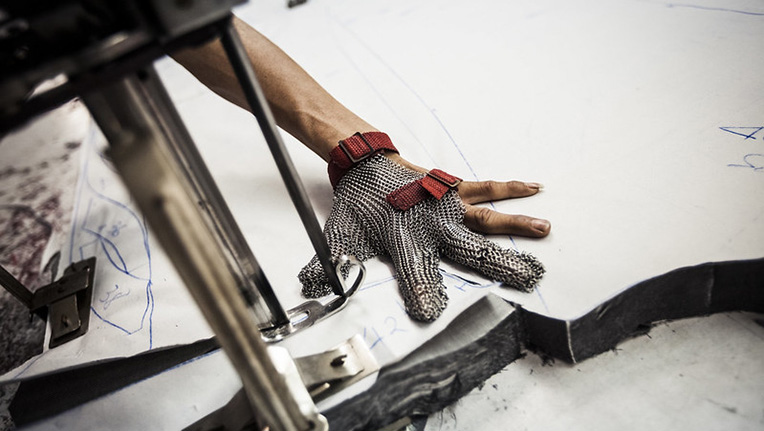
Experts from governments and employers’ and workers’ organizations have adopted a code of practice on safety and health in textiles, clothing, leather and footwear – the first for these industries.
Based on international labour standards and other sectoral guidelines, the code provides comprehensive and practical advice on how to eliminate, reduce and control all major hazards and risks. This includes chemical substances, ergonomic and physical hazards, tools, machines and equipment, as well as building and fire safety.
More than 60 million workers around the globe will benefit from the new code, which will be of particular importance to developing countries and emerging economies.
“Having spent the past 50 years regulating, enforcing and, in particular, promoting occupational safety and health, I can personally attest to the fact that the adoption of this ILO Code of Practice is a milestone in the textiles, clothing, leather and footwear industries,” said Jukka Takala, chair of the experts’ meeting that adopted the code.
“We want to ensure that Rana Plaza will never happen again,” said Kamrul Anam, worker vice-chair, referring to the 2013 Bangladesh garment factory building collapse, in which more than 1,000 people died. “If everyone commits to translating the provisions in this code into action, we can ensure that no worker – in Bangladesh or any other country – will ever have to risk their life in a garment factory again.”
The textiles, clothing, leather and footwear industries have been hit hard by the COVID-19 crisis. Thousands of enterprises have been forced to stop production, leading to millions of workers losing their livelihoods.
Read the full article on ILO
